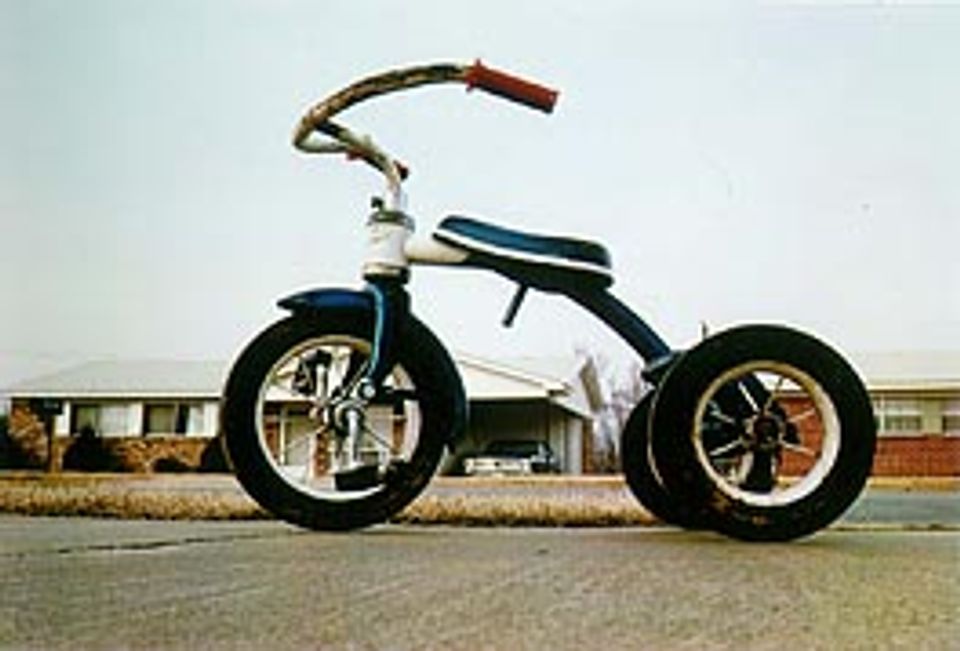Diane Arbus

Stephen A. Frank, Diane Arbus, 1970. © Stephen A. Frank
- Also known as
- Diane Nemerov
- Biography
“For me the subject of the picture is always more important than the picture. And more complicated.”
–– Diane Arbus, c. 1971
Diane Arbus’s photographs captured wide-ranging subjects, from children to circus performers to nudists, throughout a career that bridged the eras of magazine photography and art photography.
Arbus started taking photographs in the 1940s. In 1941, she married Allan Arbus, and, following World War II, the pair jointly opened a commercial photography studio, working for periodicals like Glamour and Vogue with Diane styling and Allan taking all the photographs. Arbus ended this partnership in 1956 and began to focus on her own work full-time. In 1956 and 1957, she participated in workshops led by photographer Lisette Model, and these crucially clarified her singular path forward. Around this time, Arbus’s black-and-white images often featured everyday street scenes, like Couple eating, N.Y.C. 1956 (1956, SAAM), but she also began considering less readily accessible subjects. Possible topics listed in a notebook from the late 1950s included: “morgue,” “roller derby women,” and “jewel box revue.”1 Arbus published her first major photo essay in the July 1960 issue of Esquire, a project showcasing her interest in the assorted denizens of New York City through six contrasting subjects ranging from the “posh” to “sordid.”
After initially working with a 35 mm camera, Arbus switched to a Rolleiflex around 1962, producing sharper images within her now-signature square format. This photographic clarity was matched by an interpersonal clarity. Arbus approached her subjects head-on, as in A young man in curlers at home on West 20th Street, N.Y.C. 1966 (1966, SAAM), and they stared back, rooted in their particularity. “Nothing is ever alike,” Arbus wrote, “The best thing is difference.” Her emphasis on direct encounters, like that in A woman with her baby monkey, N.J. 1971 (1971, SAAM), garnered mixed receptions. Some characterized her work as intimate, vulnerable, and collaborative while others understood her approach as confrontational, grotesque, and exploitative. Later, Arbus used a Mamiya C33 camera with a flash that even more starkly illuminated her subjects.
Arbus began to achieve some recognition by 1967 when she was included in New Documents, a pivotal exhibition at the Museum of Modern Art (MoMA) that highlighted new approaches to photography. In 1971, she was the first photographer featured in the influential art magazine Artforum, with a cover story around her legacy-shaping portfolio, A box of ten photographs. As Artforum’s then editor-in-chief Philip Leider later recalled, “What changed everything was the portfolio itself…. With Diane Arbus, one could find oneself interested in photography or not, but one could no longer…deny its status as art.” In 1972, the year following her death, Arbus’s ten portfolio pictures were included in an exhibition organized by the National Collection of Fine Arts (now SAAM) for the Venice Biennale, which showed photographs for the first time. That same year MoMA staged a retrospective of Arbus’s work, the most widely attended exhibition in the museum’s history to date, which subsequently toured the United States and Canada.
Authored by Katherine Markoski, American Women’s History Initiative Artist Biography Writer and Editor, 2024.
















